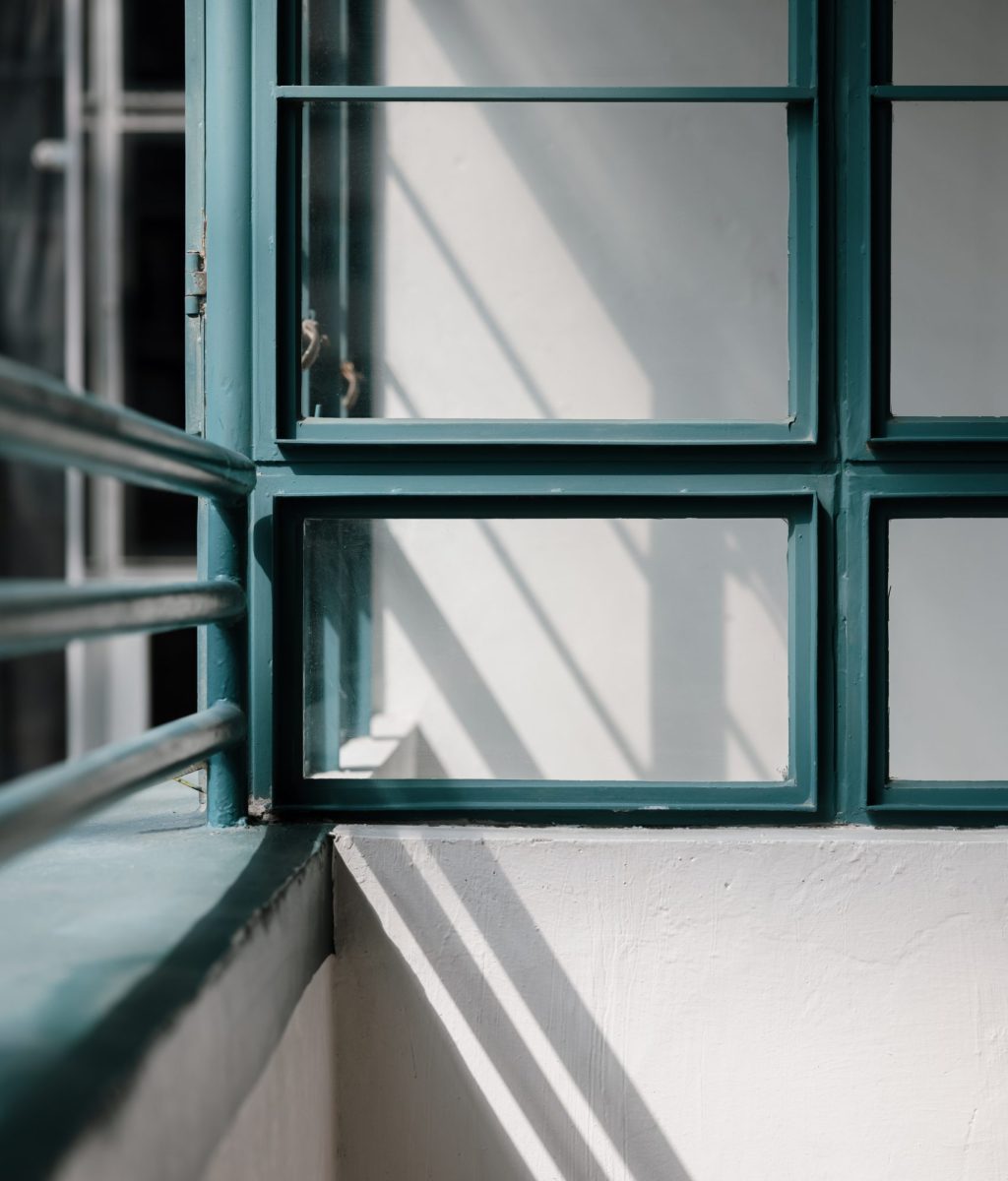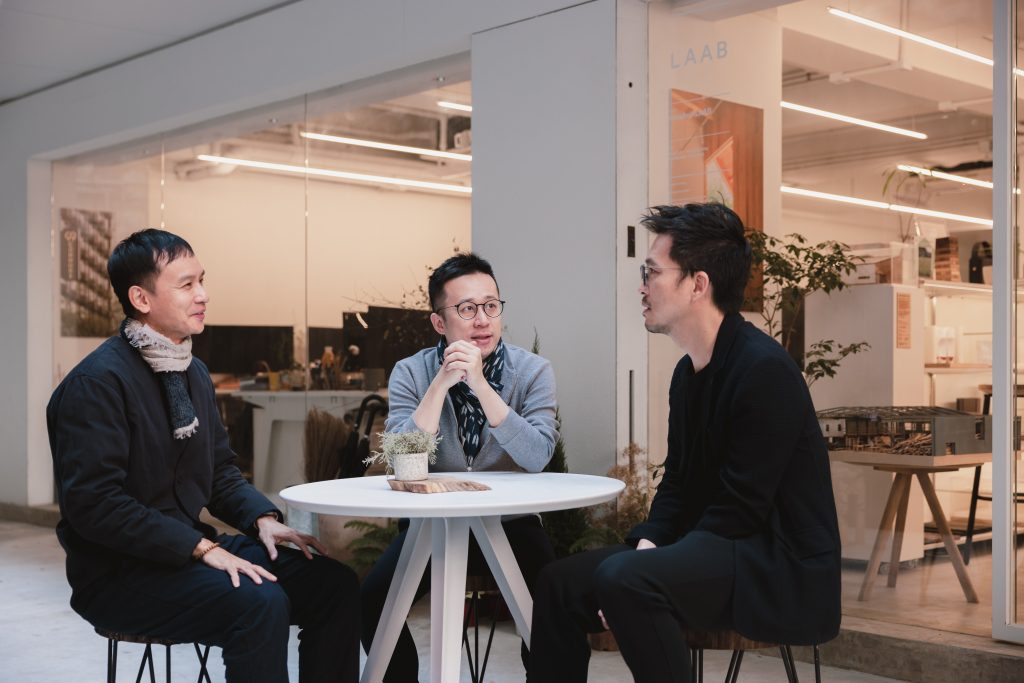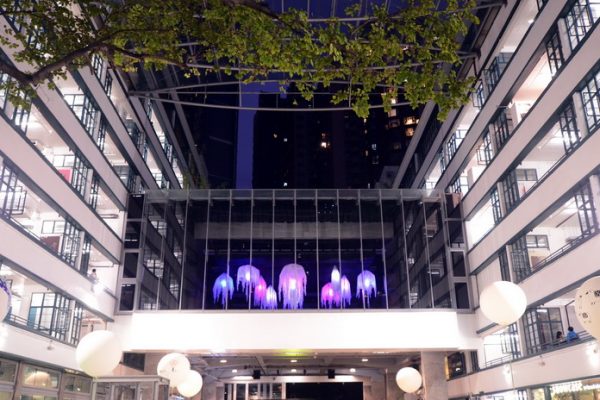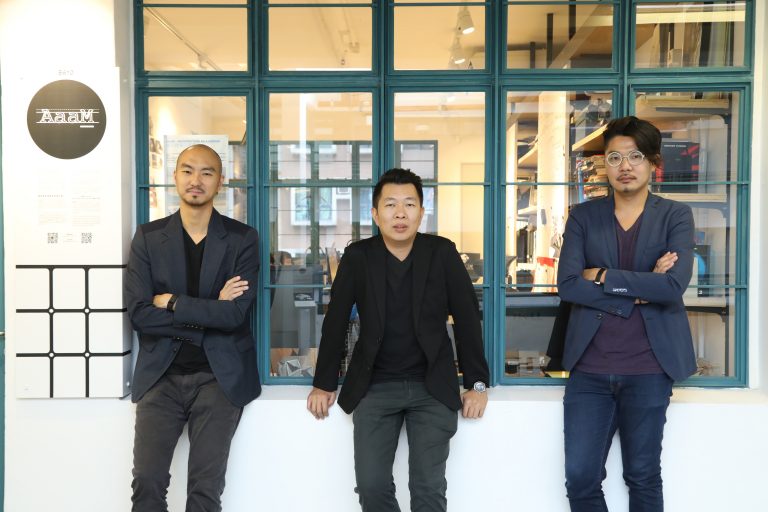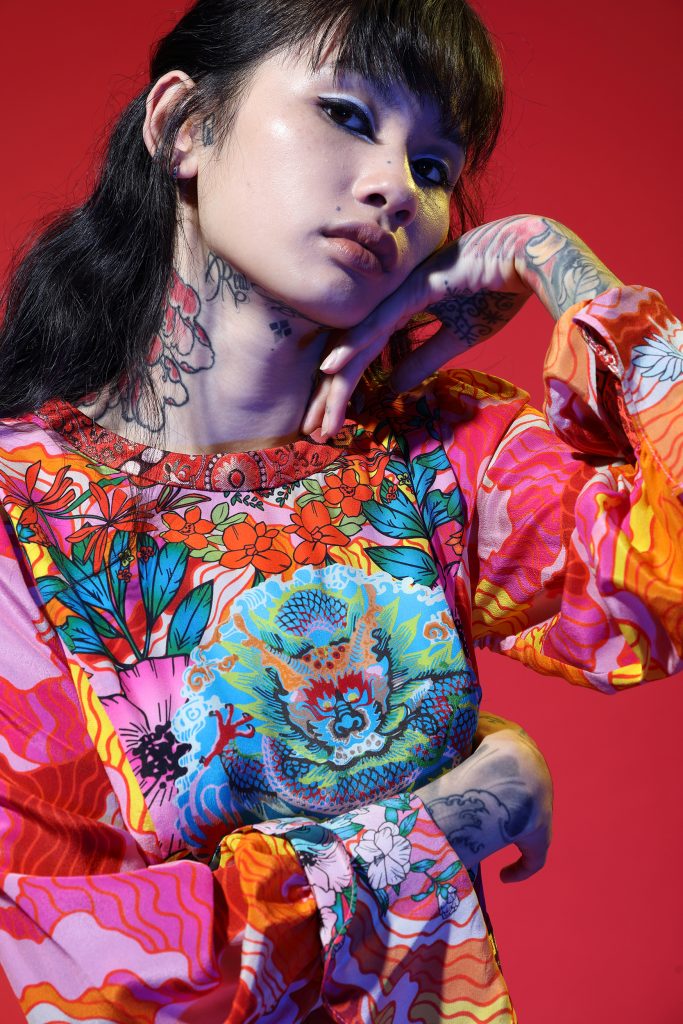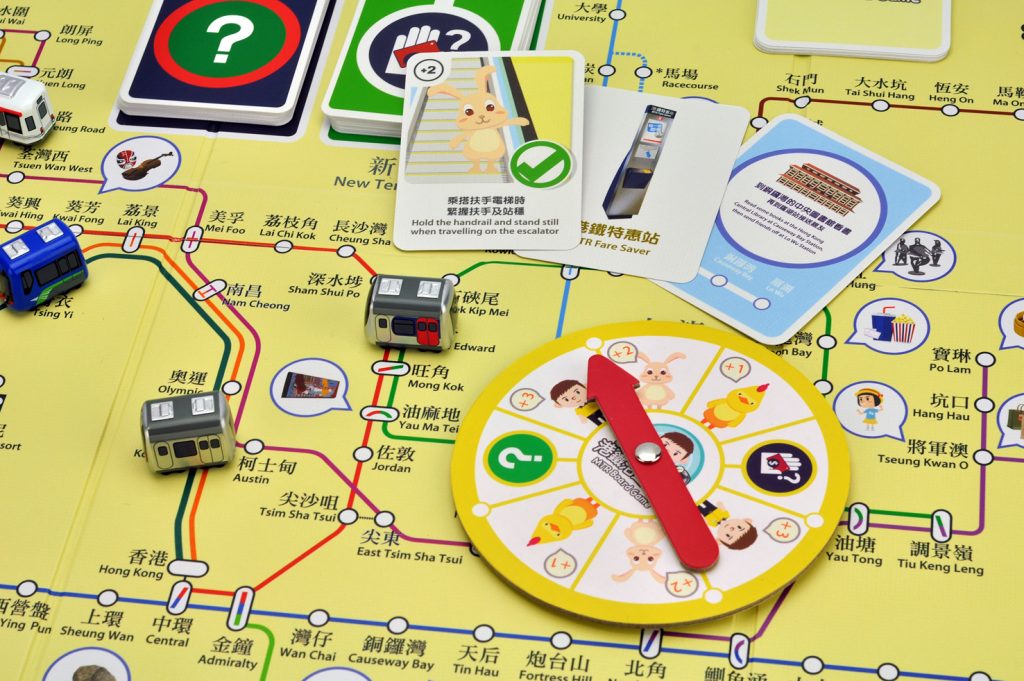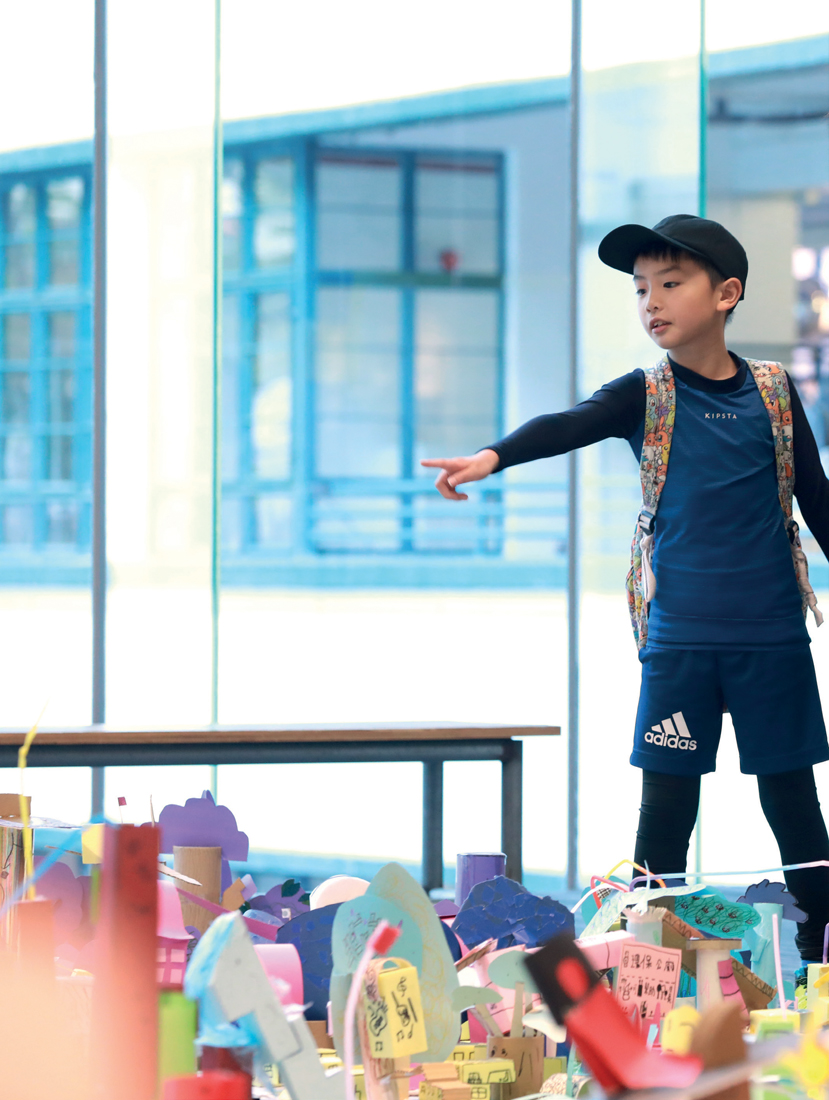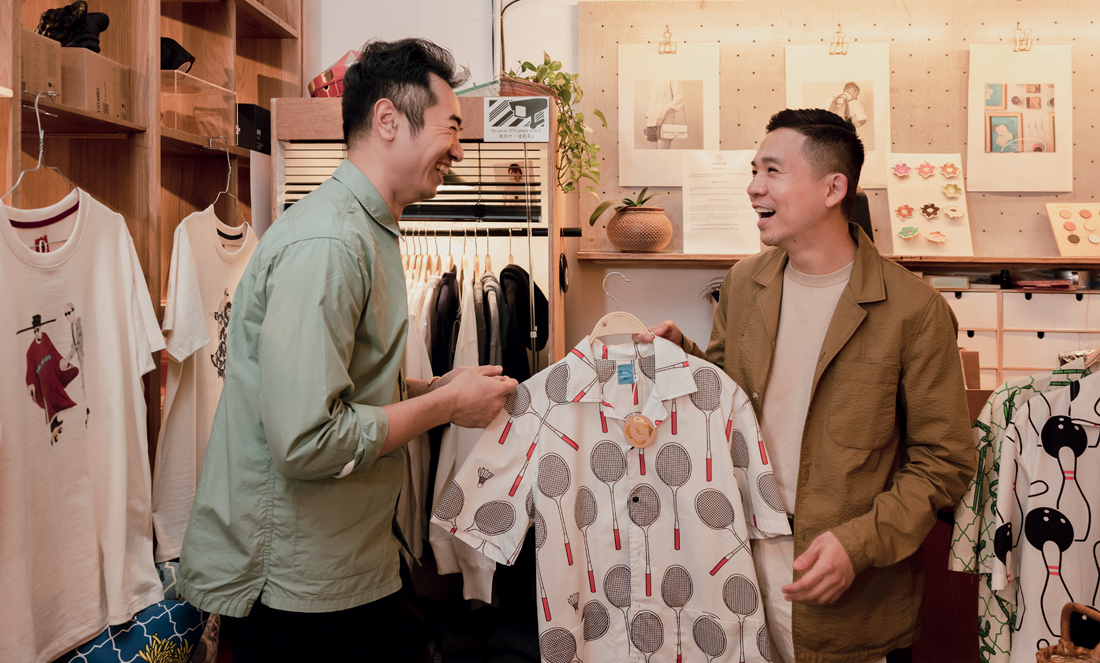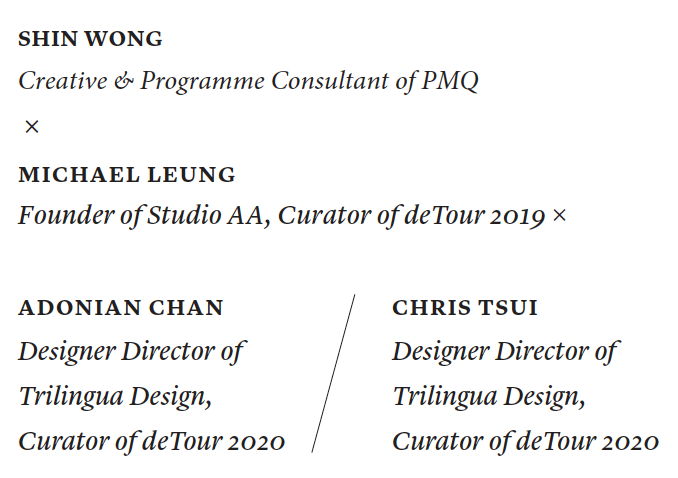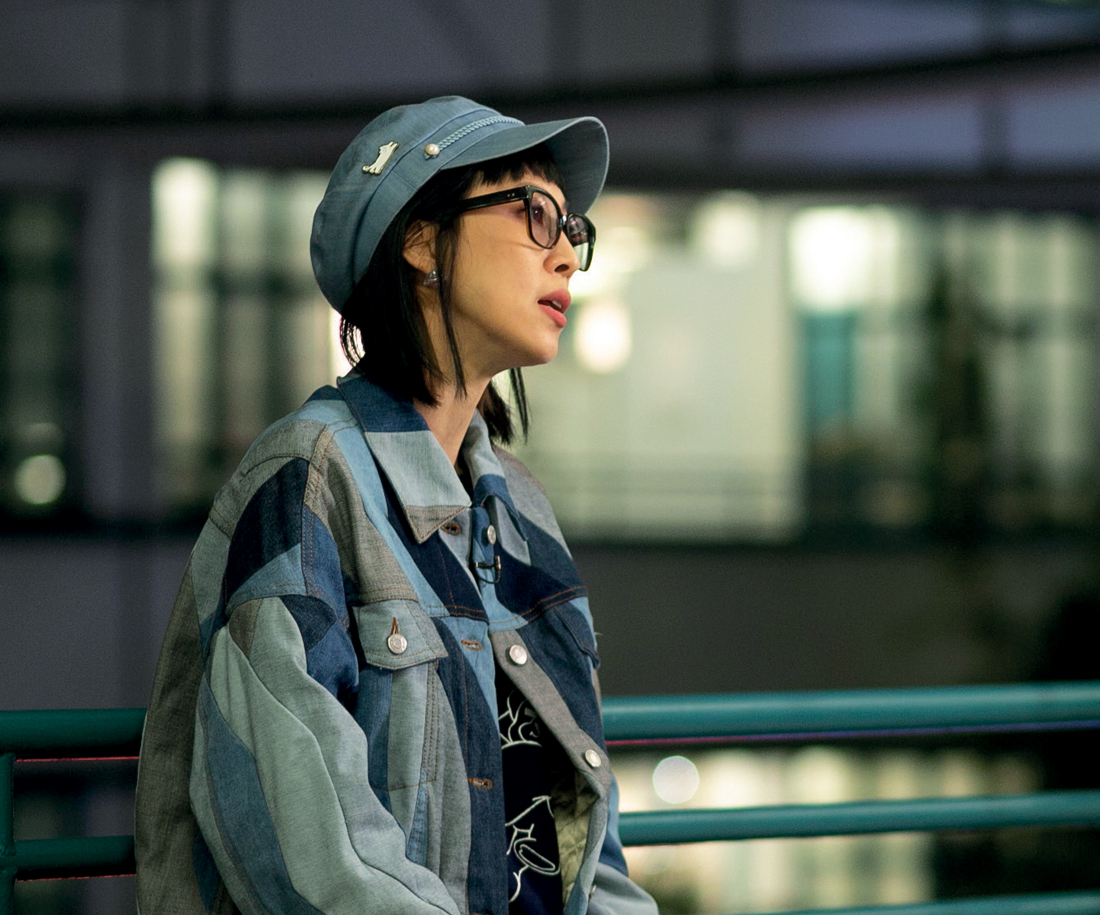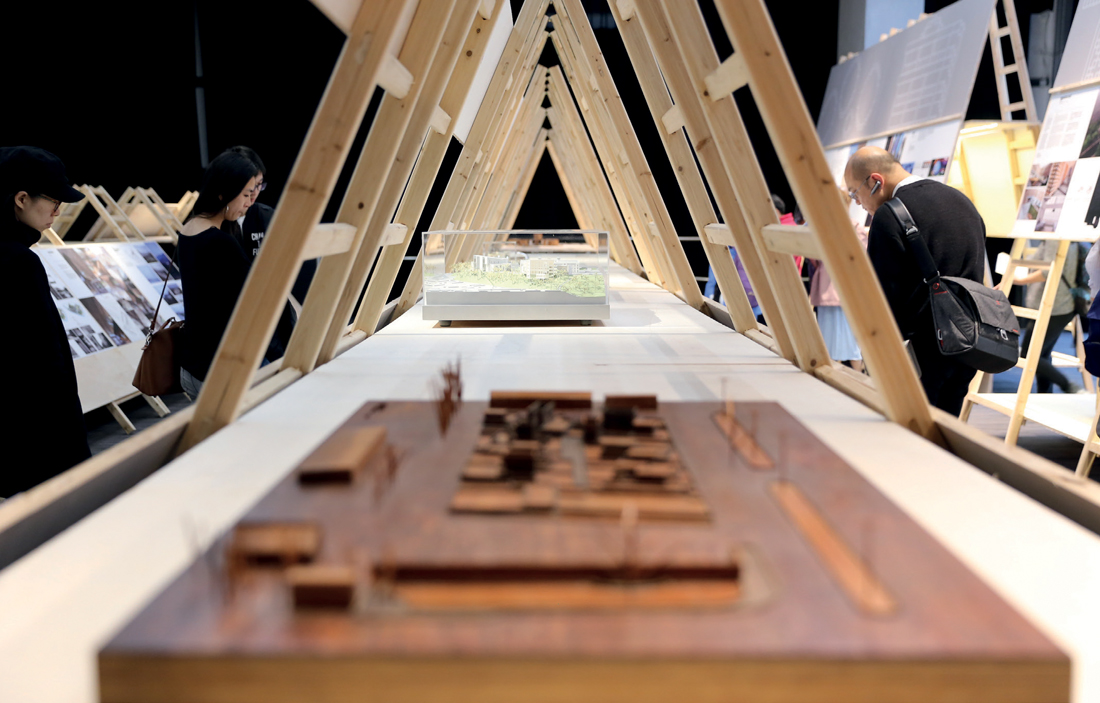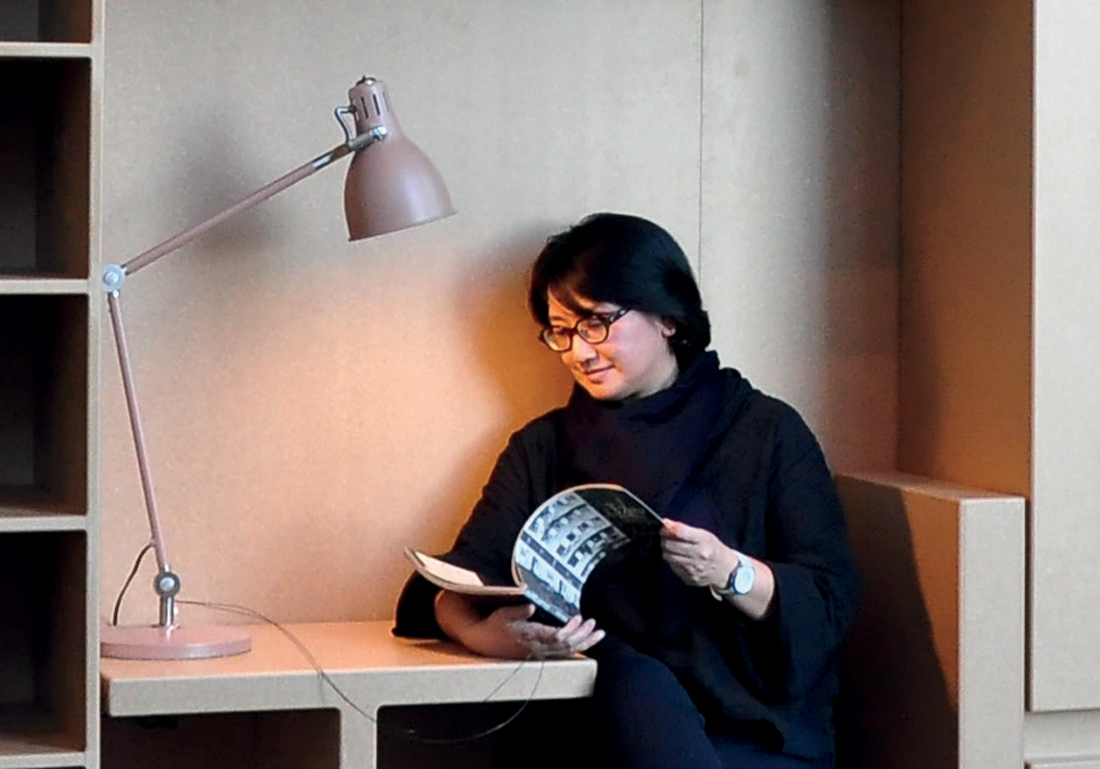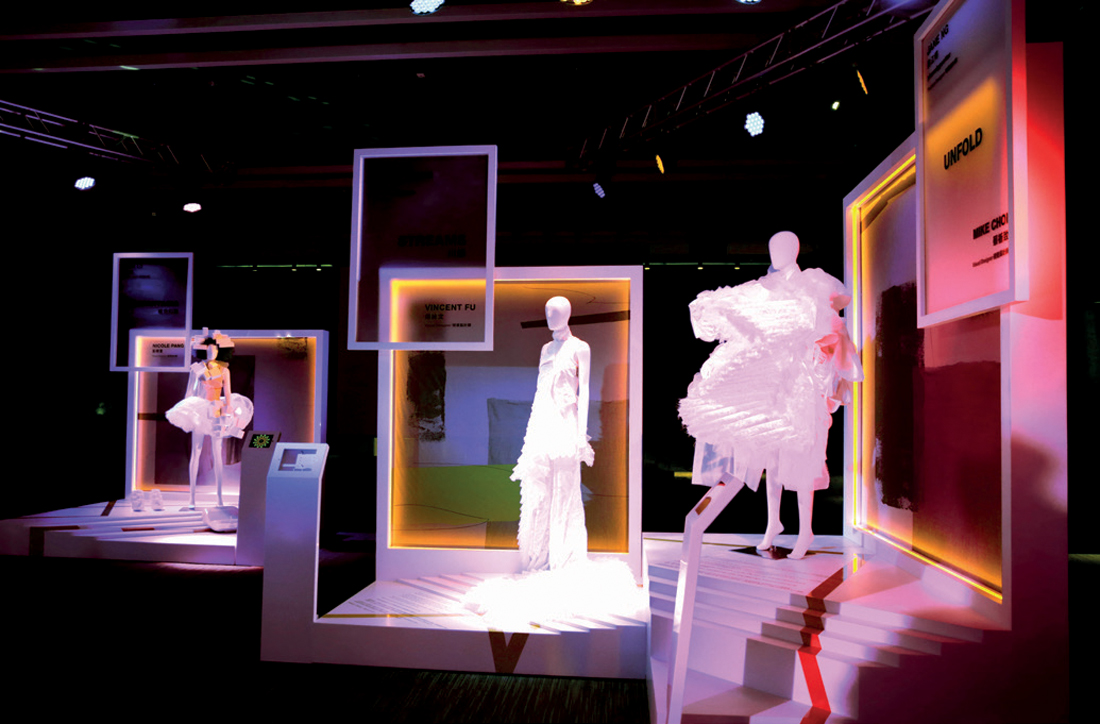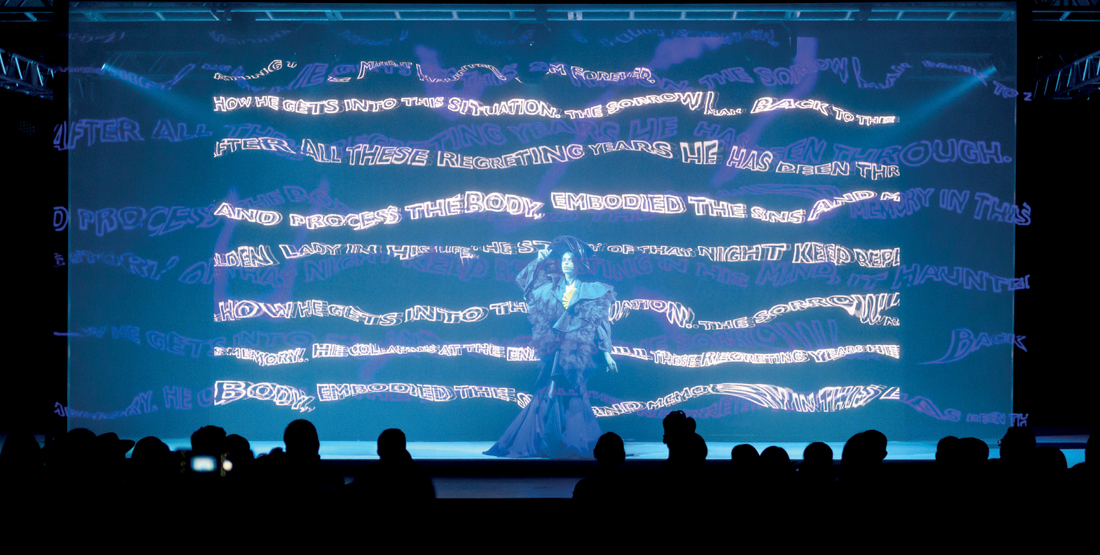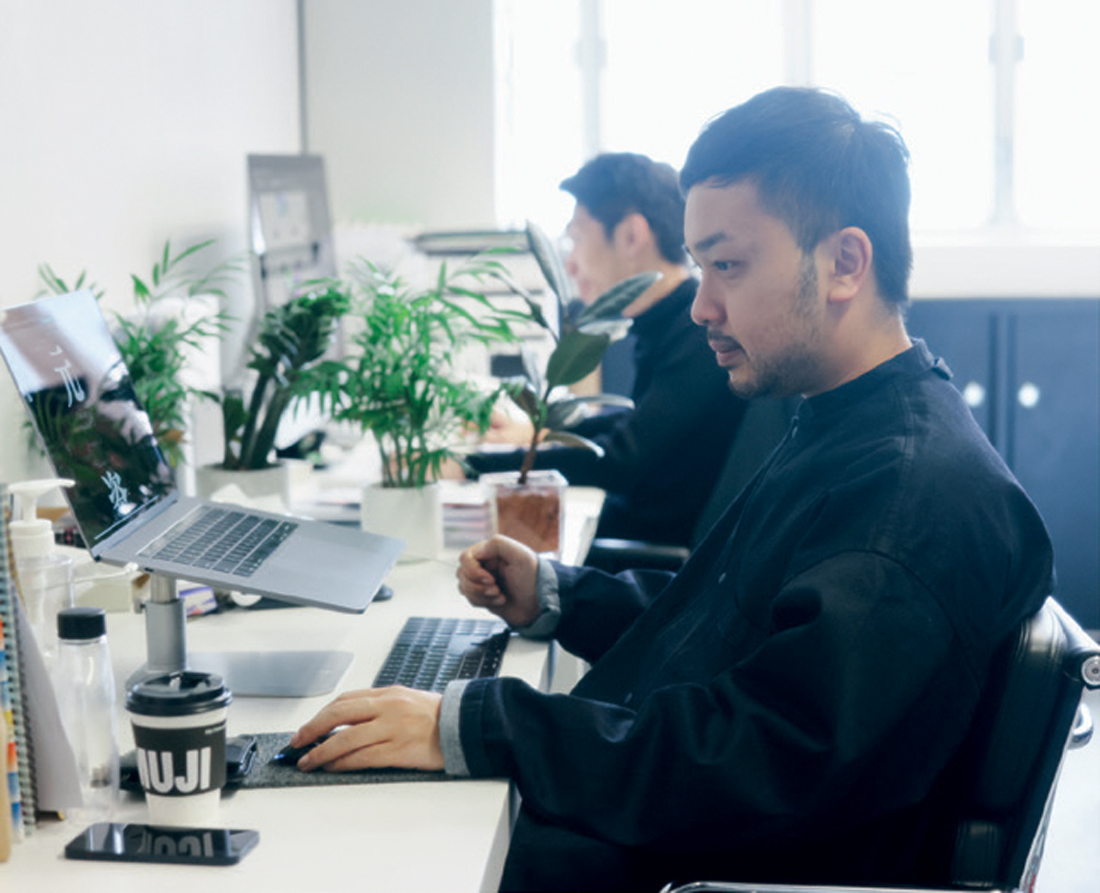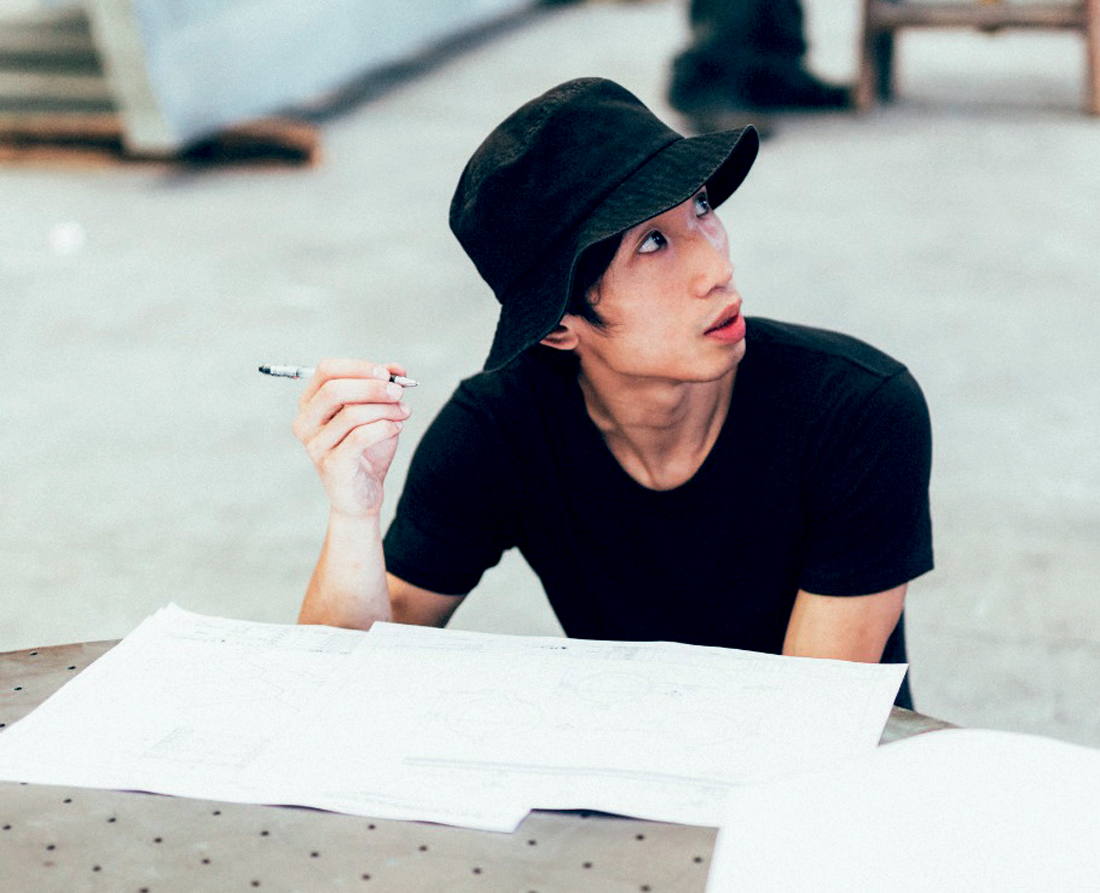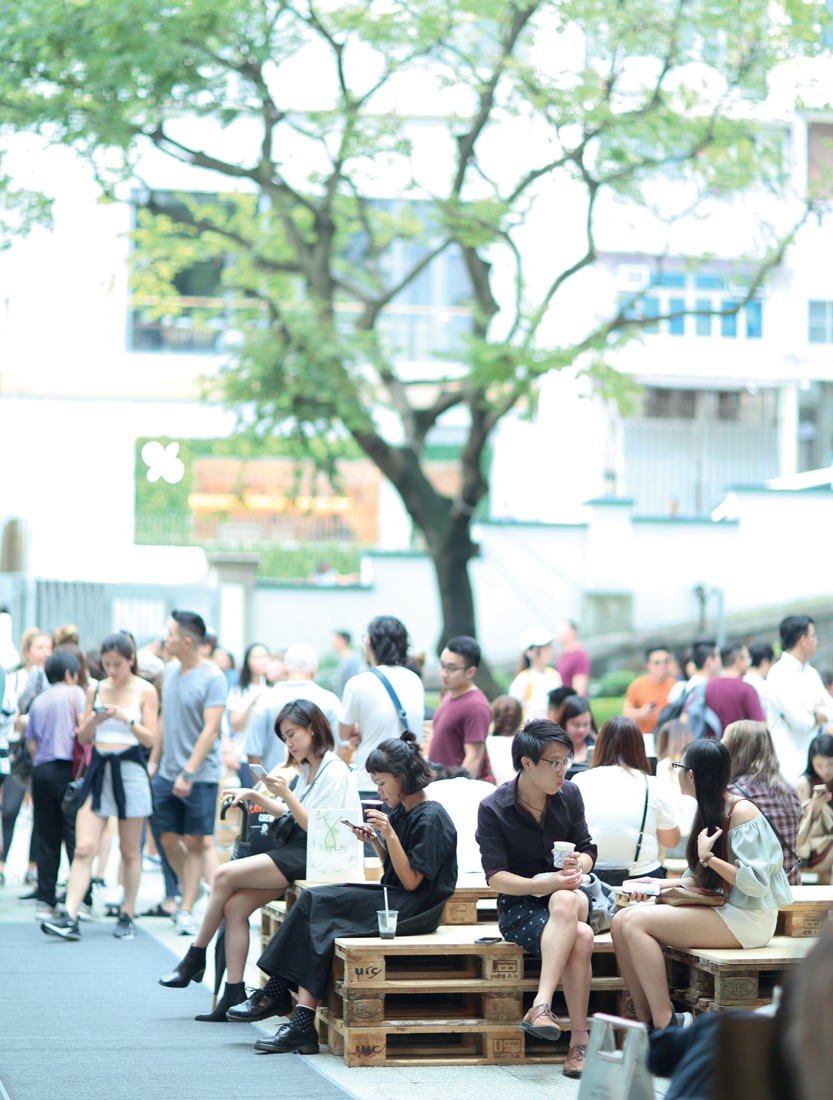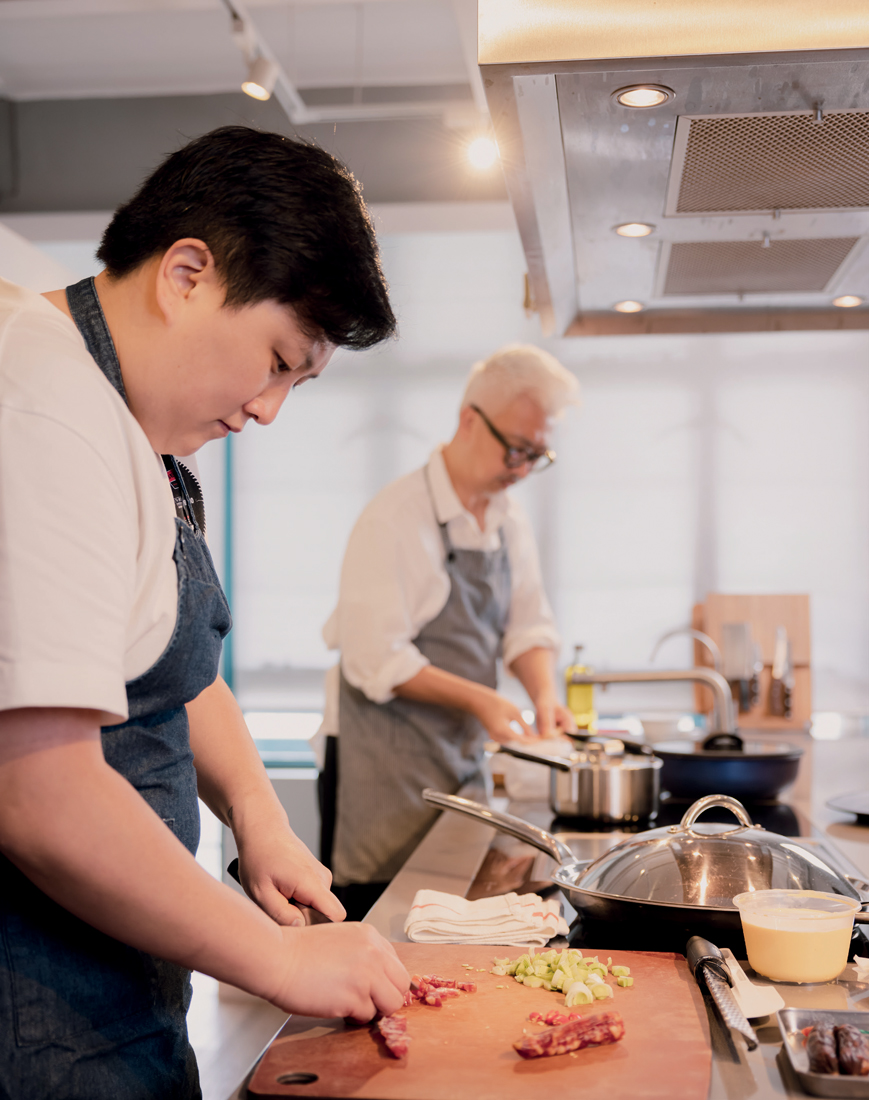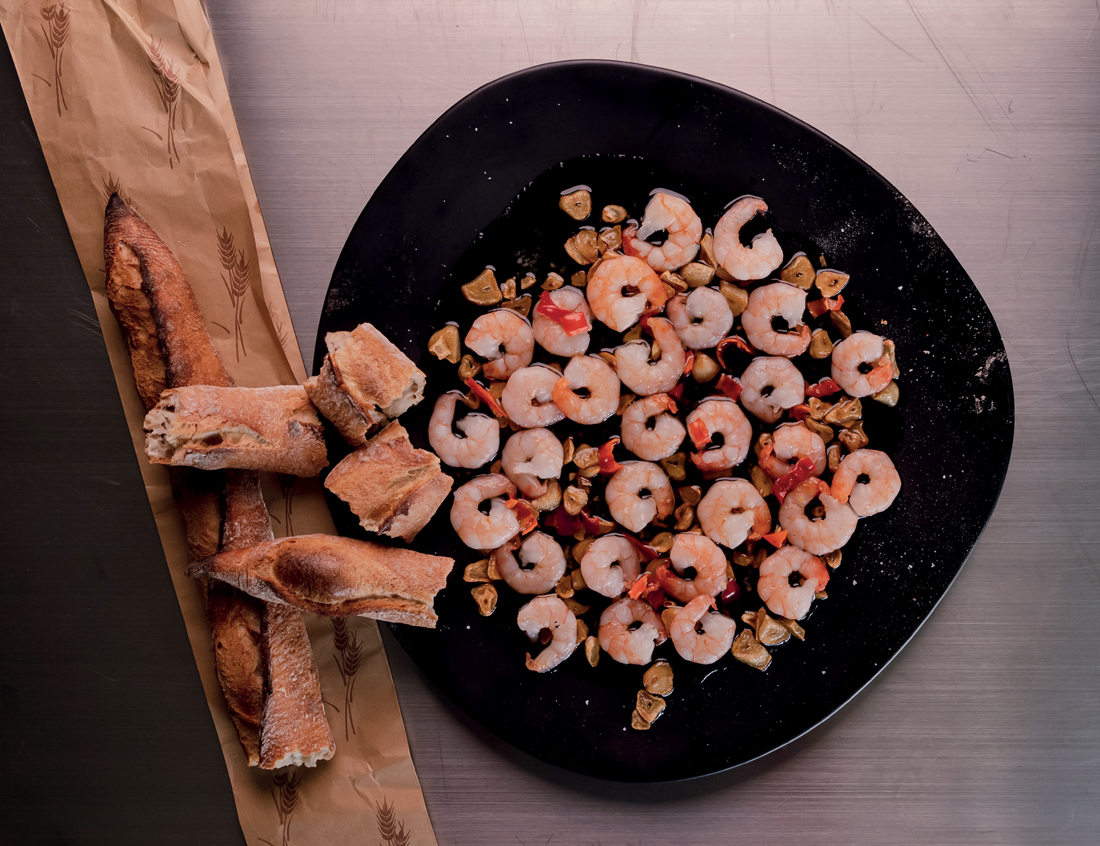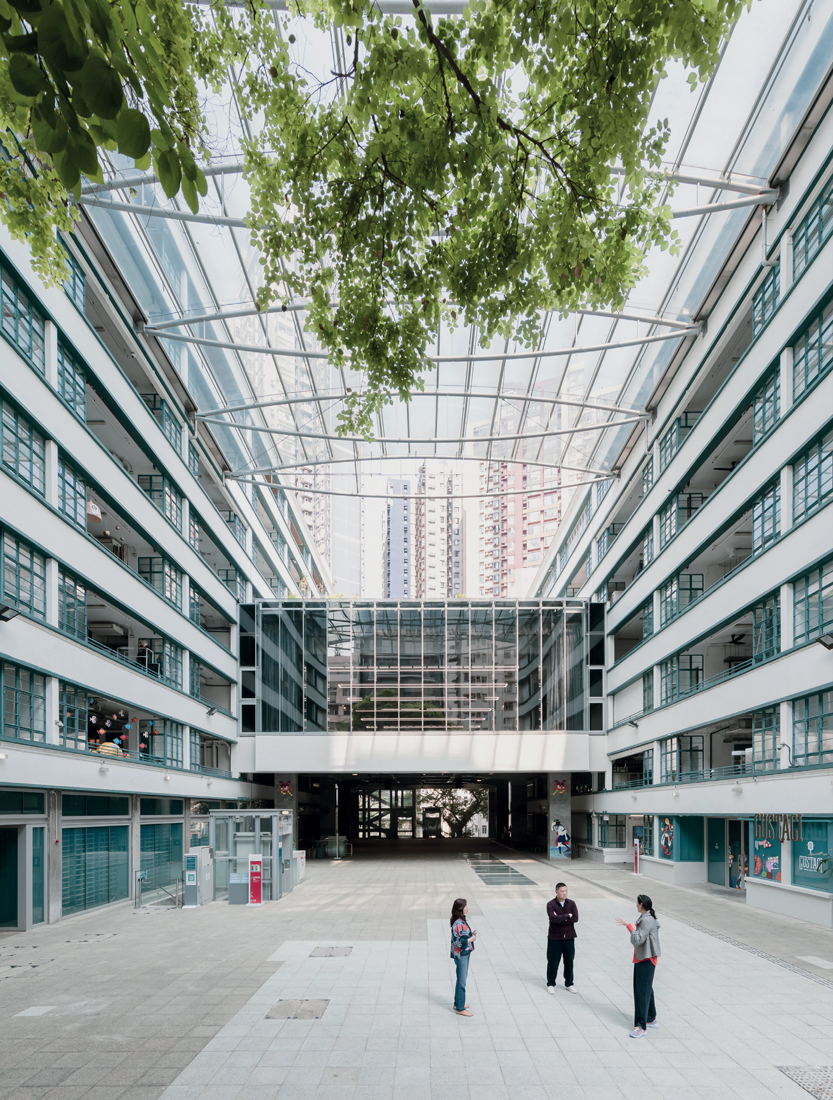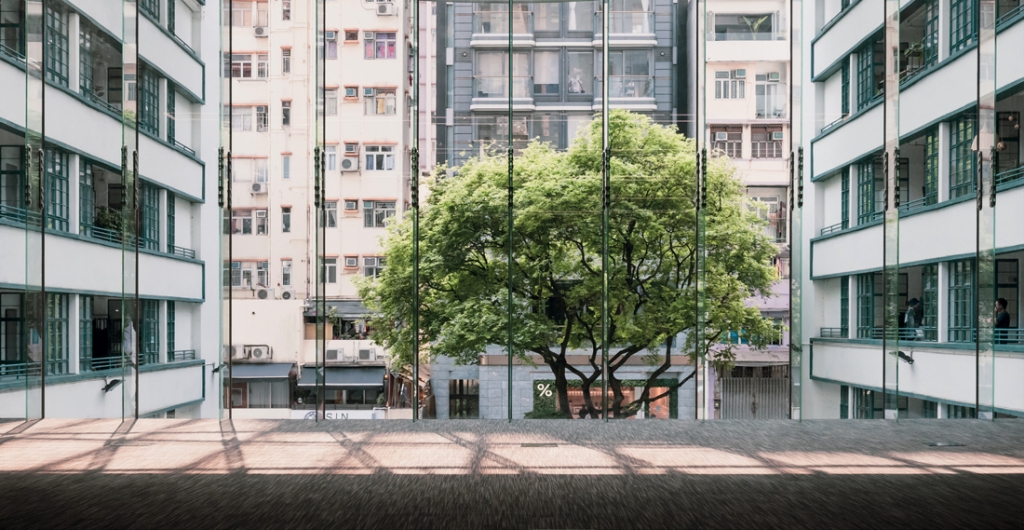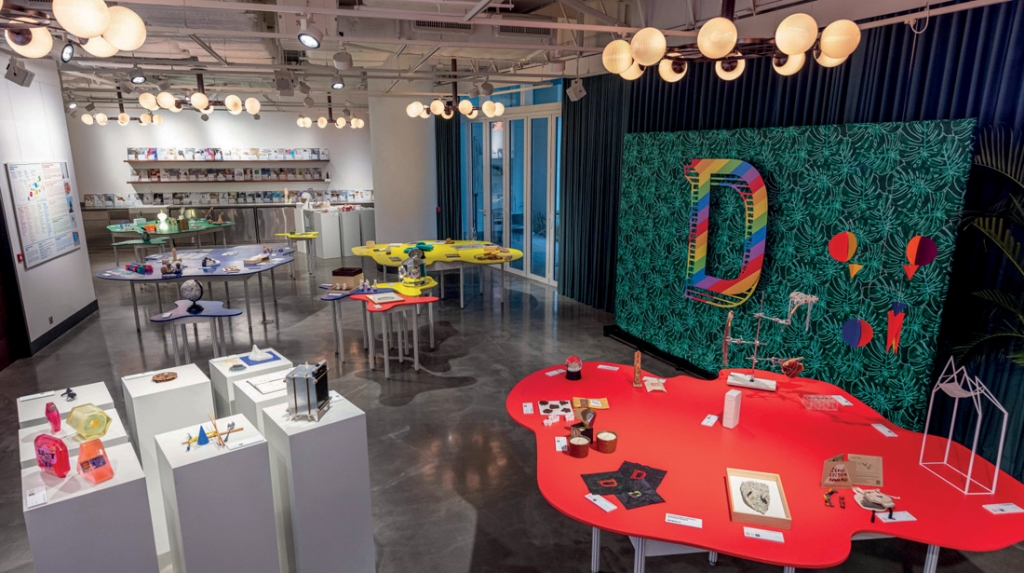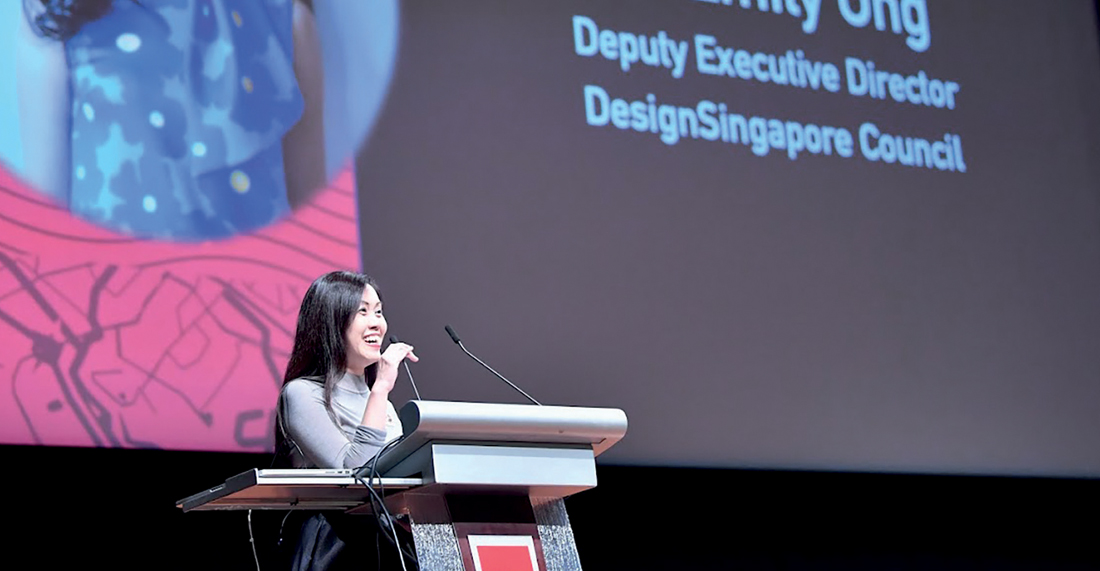Preface
IN BETWEEN
Preface IN BETWEEN
In 2010, HKSAR Government and the Musketeers Education and Culture Charitable Foundation confirmed the revitalisation to transform the former Police Married Quarters on Hollywood Road, a Grade III historic building abandoned for many years, into a creative landmark named “PMQ”.
Since the opening of PMQ in 2014, a new landmark has emerged on the Mid-Levels ridge among the creative landscape in the city. The two opposite blocks have housed over 100 up-and-coming local design entrepreneurs, with arrays of creative activities and exhibitions happened here. The new QUBE is a multi-purpose hall connecting the two historic buildings named Hollywood and Staunton. It is a symbol representing PMQ bringing together designers and the public, as well as Hong Kong and the overseas community. PMQ has devoted its existence to nurture and bring forth great designs to the public.
Over the past seven years, elements of the new and old culture, history, heritage, experiment, design, and inspiration from life experiences have been incubated and encouraged to take shape in this space. Benefitting from the support and active input from creators and mentors alike, PMQ can continue to build its legacy. In the following chapters, we sincerely invite you to delve into the stories of the past and look ahead to the future with the visionaries who have played a significant role in PMQ’s history. With the creative DNA of “Design”, “Nurture”, “Experiment” and “Life” as well as the featured stories, this book leads you to experience the ingenuity and nuances of Hong Kong design and reminisces the effort and fruitful successes that we have with an array of creators over the years.
Long, long had been my road and far, far was the journey. Winding yet splendid, the path of exploration on design takes you to the landscape along the hill around PMQ. The imaginations and creativities in this place penetrate every part of our lives, while young designers can experiment and break through to enable creative minds to be rooted in the hearts of the public.
Yuan (元), one of the characters of the Chinese name of PMQ, means soul and origin, while Chuang (創) refers to creativity and creation. As an essential creative landmark, PMQ is honoured to serve as a platform to promote, grow, and nurture future talents for infinite creativity.








